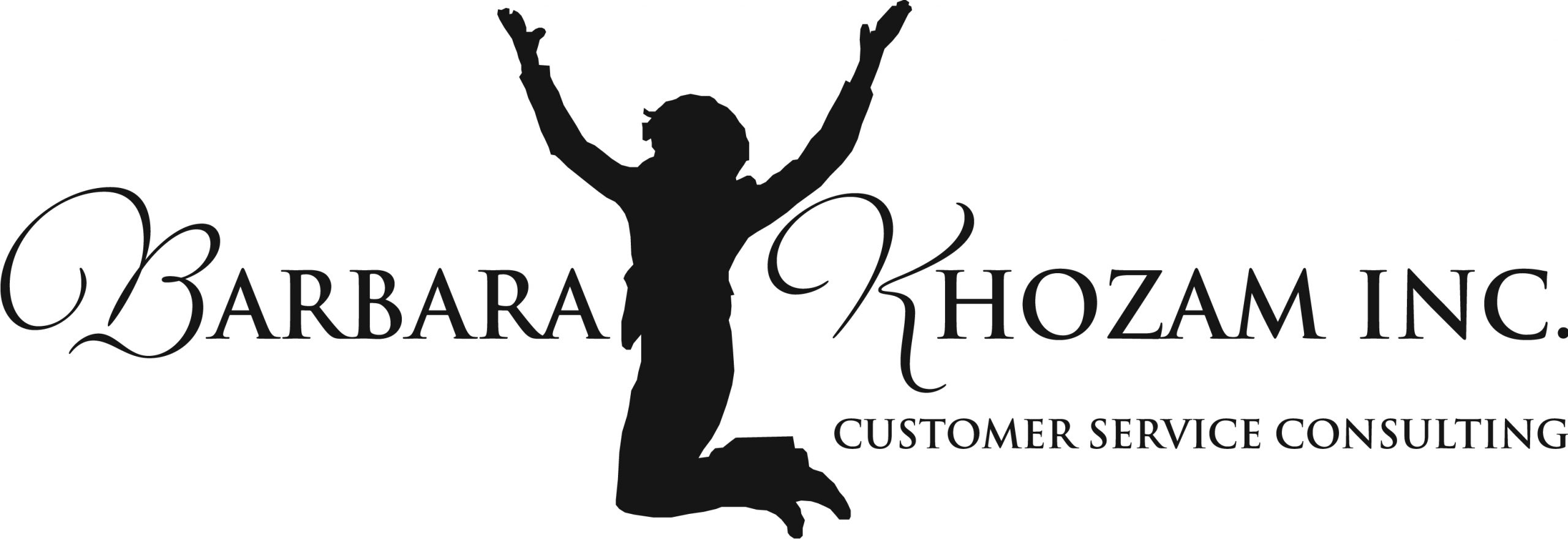Today’s technology has made communicating with others easier than ever. In an instant, you can send a text, and email, or Skype. You can also post your innermost thoughts on Facebook, Twitter and YouTube, to name but a few of the hundreds of today’s available channels used to communicate. Website tools for easier communication and seamless customer service have exploded on the business-to-business market, too. But all of these technologies are simply the vehicle on which we deliver our messages. What about the actual content of our written communications? And what about the human element versus auto-generated responses like auto-responders and auto-replies, and canned replies having nothing to do with our queries or situations?
Has anyone ever mis-understood a communication you sent via text, email or comments/query form?
Real World Story: Recently, I was registering for an online payment program for one of my investment accounts. Instead of calling, I decided to use the “email customer support” option since my situation wasn’t urgent.
I wrote a short and clear email—or so I thought. Within 48 hours I received a reply from someone who signed off as Diane. The email was not addressed to me personally, so I didn’t know if it was an auto response email or a reply by someone who had specifically read and understood my query. As I read further down, however, I noticed Diane had provided all of the information for my specific account. She ended her reply with “Please call or E-mail if you have any questions,” which I thought was nice.
However, on the investment website, I again ran into problems. I replied to Diane’s email asking for assistance. This was her reply
“CLICK ON MAKE A PAYMENT. ON THE SECOND SCREEN SELECT PAY BY ECHECK MAKE A PAYMENT“
This message was followed by two attached screen shots. To me, it seemed like she was yelling at me. I was a bit shocked and angered by her message, so I replied by writing, “Wow. Thanks for yelling at me!”
To my pleasant surprise, however, Diane immediately replied with the following: “So sorry, in the accounts receivable department everything we do is all cap’s. I forget what it means to the outside world. My only thought was to help you as soon as possible.
Did this work for you or do you need further assistance?”
I immediately replied and thanked her for her apology and quick reply. She turned what could have been a bad outcome into a pleasant and memorable experience.
Strategies that Turn it Around:
How customer service teams can benefit from clear written communications to customers:
- Begin every communication by using the customer’s name to personalize the message. This will alleviate any upfront uncertainty by customers about your message being a generic reply that may or may not address their specific problems.
- Address every single question or concern raised by your customer. Most helpful is itemizing your replies as a numbered list—1, 2, 3 and so on. This gives customers the impression of thoughtfulness and thoroughness on your part. When appropriate, you can also add your comments in a different font color to the body of the message you received. This again shows you are thoughtful and thorough, and it guarantees you answer every question asked.
- Be careful of using all caps. THIS IS THE EQUIVALENT OF YELLING!!!!!!!!!!!!!!!!! (Also, be careful and diligent of your use of exclamation points!)
- Check every message for typos and grammatical errors. Studies show that such errors create instant bad impressions and a lack of confidence by customers.
- Always end your messages with a warm sign off and your name and other contact information. These small courtesies go a long way in making customers feel appreciated and valued.
Remember: Technology has made communicating with others a breeze. However, this doesn’t mean rushing to hit the send button. We should take our time composing clear and articulate messages. Make sure your messages are personalized, free from errors and you specifically answered any questions asked of you. Communication via text or email is 100% determined by the words you use. So treat your messages as the art of writing that it is.
What do YOU do to ensure you’re delivering extraordinary customer service via text or email? I would love to hear your tips in the comments section below.

